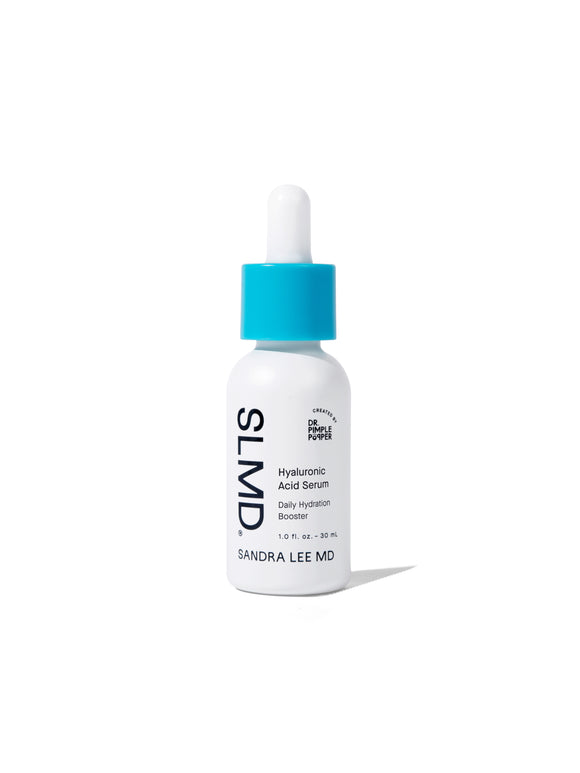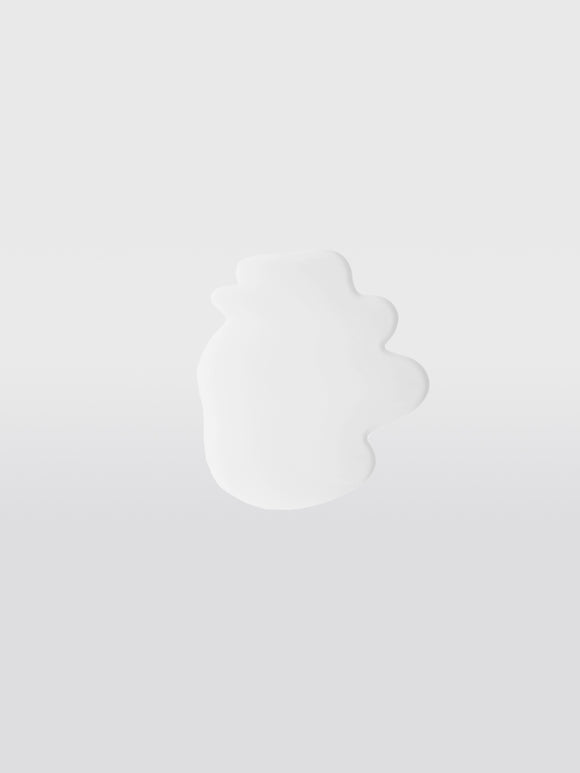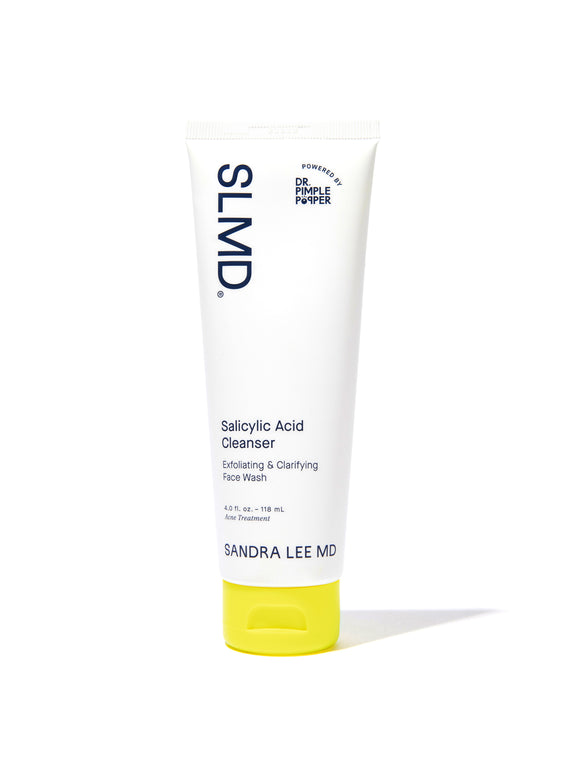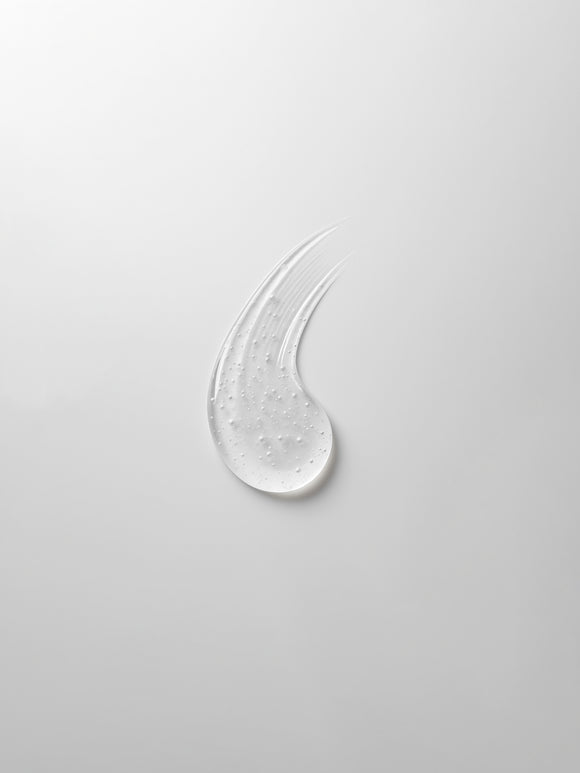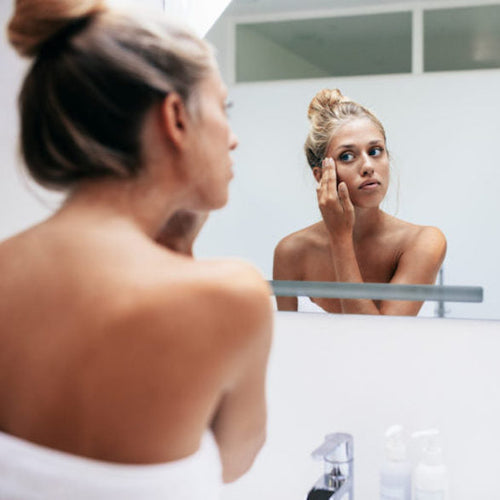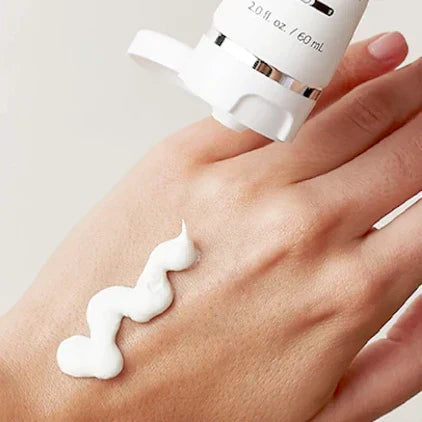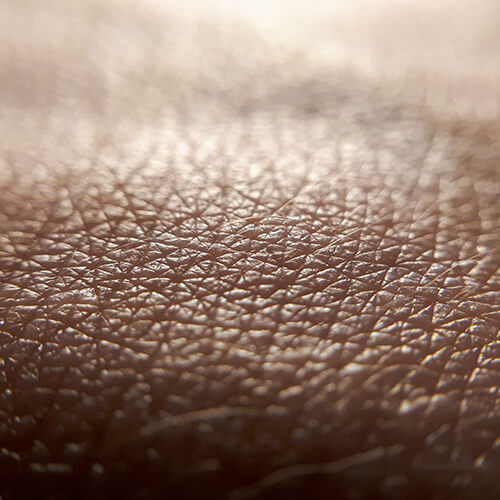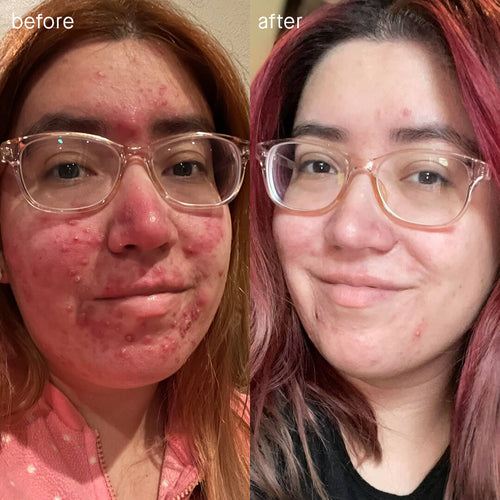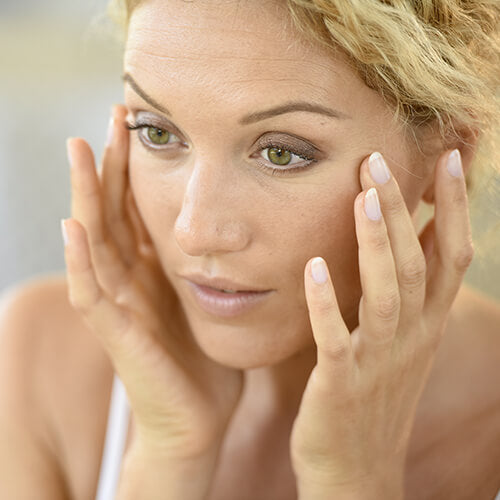
What Is Skin Cycling? Dr. Pimple Popper’s Perspective
Skin cycling is having a social media moment — but what’s the big deal, exactly, and is it worth the viral hype? We asked our founder, board certified dermatologist Dr. Sandra Lee (aka Dr. Pimple Popper) to weigh in on whether we should ride this skin cycling trend.Published:
4 minute read
Skin cycling is having a social media moment — but what’s the big deal, exactly, and is it worth the viral hype? We asked our founder, board certified dermatologist Dr. Sandra Lee (aka Dr. Pimple Popper) to weigh in on whether we should ride this skin cycling trend.
Article Quick Links
What is skin cycling?
DPP: This is a concept that’s trending right now on TikTok, where you use an exfoliating product one night, a retinoid the next night, and then just moisturizer for the next two nights. On the fifth night, the cycle starts over.
Skin cycling applies only to nighttime skincare — basically you maintain your morning routine and adjust your evening skincare. The idea is that it gives your skin a break between active ingredients.
Breaking down skin cycling
DPP: I think it’s helpful to review the science behind this skin cycling routine, which is similar to my cleanse, treat, moisturize philosophy. The procedure begins with cleansing skin, and ends with applying moisturizer. It’s the active treatment in between that’s different each night.
Night one: Apply a chemical exfoliant, which is either an alpha or a beta hydroxy acid. AHAs, including glycolic and lactic acids, break down the outer layers of skin to help reduce fine lines and hyperpigmentation. BHAs (like salicylic acid) also eliminate dead cells, but penetrate pores, too, so they’re my preference for treating acne.
Night two: Apply a retinoid, which is a vitamin A derivative that we dermatologists love for its ability to treat both acne and premature aging. Retinol is the over the counter version, while tretinoin is the most common prescription form. Retinoids speed up cell turnover, which helps even out tone and prevent dead cell buildup. They also improve blood flow and collagen production.
Nights three and four: Skip your more potent actives and stick with just cleansing, followed by a nourishing moisturizer.
Is skin cycling a good idea?
DPP: There is a lot of confusion out there about which active ingredients to use for a particular skin concern, how often to use them, and in what combination. To the extent that skin cycling helps eliminate this dilemma for people, I think it can help avoid pitfalls like over exfoliation and skin barrier damage.
Essentially, skin cycling is just a trendy term for rotating your active ingredients and seeing how your skin reacts. As such, it’s by no means a breakthrough in skin health. However, I certainly support the notion of using potent ingredients carefully and switching up your routine thoughtfully if you’re not seeing results — or if you’re experiencing irritation.
Is there a downside to skin cycling?
DPP: As far as social media skincare trends are concerned, skin cycling is pretty tame, and not something I’m concerned about people experimenting with. If your skin is what we consider normal — it’s generally non-reactive and you don’t have a dermatological condition — you probably won’t have any issues trying skin cycling.
For people with sensitive skin, it’s certainly a safer approach than piling on strong products — though I always suggest a patch test with any exfoliant or retinoid if you’re nervous about a reaction.
However, I don’t recommend skin cycling as a primary approach to treating skin conditions like acne. It’s not going to deliver the kind of treatment consistency or the specific ingredients we need. Get a handle on your acne first, with a regimen like SLMD Acne System. When your skin clears up, you can taper off your acne products and experiment with a cycle that works for you.
What products do you recommend for skin cycling?
DPP: When you’re choosing skincare, make sure it’s from a trusted brand that uses high-quality ingredients. And remember — more isn’t necessarily better. Use the lowest strength needed to get results, or you risk damaging your skin barrier, which is exactly the opposite of what skin cycling is trying to achieve.
If you want to try skin cycling with my SLMD products, here are my top picks:
- Salicylic Acid Cleanser (every night): this is an exfoliating cleanser, but it’s gentle enough to use everyday and won’t dry out your skin.
- AHA/BHA Swipes (night one): these are soft pads with salicylic, lactic and glycolic acids. They’re the perfect combination of chemical exfoliants and are ideal for both oily or acne-prone and aging skin.
- Retinol Resurfacing Serum (night two): we use a time-release formula with vitamin C and hyaluronic acid, so it works gently overnight to avoid irritation.
- Hyaluronic Acid Serum (nights three and four): a really versatile combination of one of my favorite hydrators, hyaluronic acid, and squalane, a very nourishing moisturizer.
- Facial Moisturizer (every night): I love this moisturizer because it’s lightweight and won’t clog your pores, plus it has vitamin C to fight free radical damage.
If your skin is on the oily side, you can skip applying Facial Moisturizer on top of the Hyaluronic Acid Serum…these are not hard and fast rules. Remember to use sunscreen every day, as alpha hydroxy acids increase UV sensitivity.
Whether you’re experimenting with skin cycling — or any other skincare trend — my advice is always the same: Listen to your skin!





